Introduction: The Intersection of Biology and AI
The only real voyage of discovery consists not in seeking new landscapes but in having new eyes. – Marcel Proust. Misunderstood in the realm of literature, yet a gem in technology. What happens when we apply new perspectives not just to landscapes but to the very building blocks of life? As tech titans like OpenAI and their peers dive into the intertwining worlds of biology and artificial intelligence, the future teeters on an edge – one where the laws of life are rewritten by these digital quills.
Let's ask an audacious question: how will machines with circuits and codes learn from the squishy, complex chemistry of living things? It’s a scenario that both thrills and terrifies scientists, futurists, and probably your grandma. Visionaries like Ray Kurzweil, Nick Bostrom, and Elon Musk speculate on AI's capability to reinvent biology. Could AI decode the double helix, design the perfect robot assistant, and maybe even have tea with you while it plots world peace? As we unravel these questions, hold onto your neural networks because this ride is one for the ages.
AI-Biotech Convergence: A profound synergy between artificial intelligence and biotechnology, paving the way for advancements in healthcare, synthetic biology, and the understanding of life’s processes, allowing machines to mimic and potentially enhance the very essence of life.
The Evolution of AI: From Basic Algorithms to Learning Systems
Picture the early days of AI like a baby robot’s first steps. It wobbled and, quite often, hilariously toppled over. In those formative years, the ambitions were simple: make machines smarter than doorstops. Fast forward, and AI isn’t just smarter than your cat; it's nudging the intelligence meter upward.
Back in the day, around the 1950s, AI was more of a blackboard concept, limited to simple algorithms that hardly deserved the 'intelligent' tag. But don’t dismiss these humble beginnings. Every mother–even the robotic kind–knows that first steps lead to running marathons. It saw its inception in labs and minds, with Alan Turing whispering ideas into the ears of anyone who would listen about machines that could think.
Fast forward a few decades. We see neural networks inspired by the human brain's architecture. Think of them as electronic synapses acting like your brain after a lot of coffee. These networks started learning, thanks to deep learning and machine learning, which are essentially sophisticated brain yoga. The AI landscape has transformed with key innovations morphing basic algorithms into systems that learn from data, just like how we learn not to touch a hot stove after, well, touching it.
Insights from biology have been instrumental, allowing AI to evolve into learning systems capable of adapting and excelling in unprecedented ways. For instance, the development of machine learning models that process large amounts of biological data demonstrates how AI can emulate the processes that nature worked on for trillions of seconds (read: a long time!). Those innovations are the fuel behind AI's journey from simple, rule-following electronic brain bits to something that makes you wonder if it dreams of electric sheep, a nod to Philip K. Dick. Indeed, in these evolutionary leaps, and perhaps bounds, AI climbs its way into realms nature took eons to create.
Biological Inspiration for AI Technologies
Ah, biology—the original master of innovation. If nature had a resume, it would probably say "inspired everything from Velcro to artificial intelligence." AI scientists are increasingly looking to the natural world for cues on how to make machines smarter and more efficient. This isn't just a stroll in the park; it's like raiding Mother Nature's toolbox. Let's dive into how biology is turbocharging AI tech.
Neural Networks and Brain Function
Next time you struggle to remember your friend's new puppy's name, take a moment to appreciate your brain. It's full of neurons that process information with the deftness of a cat burglar. Neural networks in AI mirror your brain's intricate setup. They’re designed to learn and improve over time, much like how your memory might (fingers crossed) improve if you sprinkle in some ginkgo biloba. AI's architects have taken this idea by observing how neurons interact, creating artificial neurons that mimic those connections.
Genetic Algorithms and Evolutionary Computation
Why reinvent the wheel when you can spin nature's? Evolution has been optimizing life for billions of years. Genetic algorithms draw from this very playbook. Inspired by Darwin’s theory, these algorithms use techniques like selection, crossover, and mutation to solve problems and find optimal answers. Imagine combining the strength of a rhinoceros with the agility of a cheetah, and voilà, you’ve got the next breakthrough in AI optimization. It’s a bit like putting a peacock’s plumage on a hawk for added flair.
AI in Medical Biology: Revolutionizing Healthcare
AI might not replace doctors anytime soon, but it's giving them some incredible new tools. Moving beyond the pages of a sci-fi novel, AI is carving its own path in the medical field. Let's unpack how these digital prodigies are shaking up diagnostics and treatment planning.
AI for Diagnostics
Remember the old days when a doctor would prod you with half a dozen questions before a diagnosis? Now, AI systems can analyze billions of medical records to diagnose conditions faster and more accurately than ever. It's like having Sherlock Holmes in your pocket, minus the snazzy trench coat. With machine learning, AI parses through complex patterns that baffle human eyes, identifying illnesses with jaw-dropping precision.
Personalized Medicine and Treatment Plans
If the one-size-fits-all approach left you in fashion limbo during high school, you'll appreciate AI's role in personalized medicine. Imagine getting treatment tailor-made not just for your symptoms, but for your very DNA. AI technologies assess your genetic makeup and environmental factors to map out personalized treatment plans. It's like having an AI concierge dedicated to your health—no tipping required. These systems can even predict how you might respond to certain medications, a lifesaver for folks who dread pill roulette.
Ethical Considerations: What Happens When We Play God?
As we intertwine biology and technology, we tread on a path fraught with ethical dilemmas. The power to alter life’s parameters isn’t just about scientific prowess—it's a question of right and wrong. Imagine standing in the shoes of a creator, tweaking genes, designing organisms, and deciding who might live a healthier life. The heartbeat of humanity hinges on moral decisions about when, and how, to draw the line.
The Risk of AI in Bioterrorism
Picture the uncanny valley where artificial intelligence meets malevolence. What if AI, in the wrong hands, scripts plans for unintended catastrophes? The emergence of AI-driven bioterrorism poses a grim reality where biology becomes a weapon. As AI develops ingenious ways to understand biological processes, there lurks the shadow of its dark side—one where creating harmful pathogens becomes all too real. The threat isn’t hypothetical. In recent World Health Organization audits, the need for vigilance against AI-driven bioweapons has been underscored.
Ensuring Ethical AI Practices
Crafting AI with a conscience calls for stringent ethical frameworks. To ward off potential dangers, it’s imperative to forge global alliances and set ethical benchmarks. Consider structured pathways that involve:
- Global consensus on ethical AI usage, led by organizations like UN and World Economic Forum.
- Regular audits by trusted entities to ensure compliance with ethical standards.
- Transparency in AI development and its applications across the spectrum.
In essence, crafting a future where AI serves humanity requires a collaborative endeavor—a pledge to wisdom over ambition, and empathy over apathy.
Future of AI and Synthetic Biology: Implications for Evolution
In the dance of evolution, AI and synthetic biology play as maestros, signaling a potential epoch-making shift. Imagine harnessing the very blueprints of life, where AI does not merely simulate natural processes but enriches them, bending them into new formations—a spectacular choreography leading to the novel vista of living forms, research on which has been published by leading universities such as Harvard and Stanford.
Synthetic Life Forms Created by AI
Think of AI as a sculptor, with genetic materials as its mold. The creation of new life forms is no longer relegated to science fiction. Through techniques like synthetic biology, AI could manufacture bacteria to consume pollution or even engineer crops tailored to climates on the brink of desertification.
Consider these potential impacts:
- Environmental: AI-designed organisms could rectify carbon emissions by recycling atmospheric CO2.
- Agricultural: Resilient crops that adapt to global warming trends, ensuring food security.
- Medical: Biologically engineered cells to combat diseases previously deemed incurable.
The Next Step for AI: Merging Consciousness?
Now, ponder a boundary where consciousness itself oscillates between organic and artificial genesis. Could AI eventually form a consciousness, or perhaps augment ours? The Turing Test remains a barometer of AI's cognitive abilities, yet surpassing it signals a transformed horizon.
Here are some thought-provoking scenarios:
- AI beings that engage in philosophical debates with humans, challenging our perception of consciousness.
- Merging of human and AI consciousness to form a hybrid, leading to a renaissance in creativity and cognition.
- Renegotiating the essence of identity in a world where human intuition and AI precision converge.
As we stand at this transformative juncture, it's imperative to wield this power with foresight, ensuring that the chapters we write next respect the delicate balance of ethics and ingenuity.
AI Solutions: How Would AI Tackle This Issue?
If AI were to tackle the challenges posed by the merging of biology and technology, it would lead a structured attack from multiple avenues. This isn't just about algorithms crunching numbers; it's about weaving a tapestry of biology, technology, and ethics together with the foresight of a master architect. Here’s how AI can take on this colossal task.
Step 1: Data Collection - The first foundational layer would be to gather vast datasets on biological processes, medical records, and existing AI methodologies. Institutions such as NIH can assist in combining medical data while ensuring compliance with privacy standards.
Step 2: Simulation Models - After collecting data, researchers would need to build simulation models that can predict outcomes of biological-AI interactions. Utilizing platforms like Coursera for educational courses on simulation modeling could empower teams from diverse backgrounds.
Step 3: Development - The next step involves utilizing machine learning. Algorithms can refine and learn from biological insights. Collaborative platforms like GitHub can host open-source projects to share ideas and code, driving innovation faster.
Step 4: Testing - Implement real-world tests in controlled environments, such as laboratories partnered with universities like Stanford University. This stage will carry variables, much like scientific experiments, to check how AI-driven solutions react in various biological scenarios.
Step 5: Feedback Loop - After tests, gathering data and insights is pivotal. Tools like Tableau can visualize this data to understand patterns and implications comprehensively. Once entire ecosystems are simulated, AI could lend support in refining approaches continuously.
With those preliminary steps laid out, let's develop an Action Schedule/Roadmap towards a groundbreaking synthesis of AI and biology that mirrors the boldness of the [Manhattan Project](https://en.wikipedia.org/wiki/Manhattan_Project) but into today's tech landscape.
Action Schedule/Roadmap
Day 1: Initiation
Kick-off meeting with stakeholders, engaging leaders from biotechnology firms such as Amgen, tech firms like Google DeepMind, and academic institutions such as MIT. The goal is to unify objectives and set a project framework that encourages collaboration.
Day 2: Formation of Teams
Divide into specialized teams focused on AI, biology, ethics, and integration processes. Assign roles based on expertise—data scientists, bioethicists, biologists, and software engineers. Utilize platforms like Slack for communication.
Day 3: Literature Review
Conduct a thorough review of existing research through platforms like Google Scholar. Gather insights from past successes or failures in bioengineering and AI deployment.
Week 1: Data Acquisition
Begin sourcing biological datasets from public databases such as NCBI and partnerships with hospitals for anonymized patient data.
Week 2: Initial Simulation Development
Start building simulation models that mimic biological processes using frameworks like TensorFlow or PyTorch.
Week 3: Networking and Partnerships
Establish partnerships with biotech firms, expand the realm of possibilities by hosting networking events at universities. Tap into incubators such as Y Combinator for entrepreneurial insights.
Month 1: Initial Testing
Conduct initial simulations and document results rigorously for analysis. Engage with platforms like ResearchGate to share findings and collaborate further.
Month 2: Adjustments Based on Feedback
Use feedback from simulation data to refine algorithms. The team must adapt quickly, using agile methodologies to stay nimble.
Month 3: Prepare for Public Presentation
Organize major presentations for stakeholders summarizing findings so far. Prepare to engage the public using platforms like YouTube for live streaming discussions and feedback sessions.
Year 1: Full Integration Testing
Conduct extensive real-world tests with healthcare facilities, leveraging their access to patient data to validate AI's effectiveness versus traditional methods.
Year 1.5: Analyze and Publish Findings
Publish the results in reputable journals, including updates in collaborations with global organizations like WHO. Share insight into ethical implications of technology with papers addressing risks and safeguards.
Year 2: Scale Successful Projects
Once successful models are validated, extend their applications worldwide, devising strategies for scalability, focusing on partnerships with healthcare networks, and organizations like Red Cross.
Conclusion: Pioneering a New Era
As we merge the realms of biology and artificial intelligence, we stand on the threshold of a new era of discovery and ethical challenges. With the potential to revolutionize medicine, agriculture, and even our understanding of life itself, this marriage of disciplines demands our attention. We must tread this path wisely, ensuring that technology serves humanity's higher aspirations while guarding against misuse or unforeseen consequences. As the creators of this new age, it's our responsibility to question, engage with ethical dialogues, and construct frameworks that transcend mere technological prowess. Together, let's harness the transformative power of AI and biology to craft a future where innovation fosters human flourishing. Are we ready to embrace the challenge and rewrite the very laws of life? Only time will tell, but the journey begins with us.
FAQ
Q1: What is the Bio-AI Nexus?
A1: The Bio-AI Nexus is a fun term that describes the connection between artificial intelligence (AI) and biological sciences. It’s like a powerful friendship where AI learns from nature and biology helps AI improve. This relationship leads to amazing new ideas like personalized medicine and robots that mimic living things. You can learn more about this concept here.
Q2: How is AI transforming healthcare?
A2: AI is changing healthcare in many cool ways! Here are a few examples:
- Better Diagnoses: AI can spot diseases in images like X-rays faster and more accurately than humans.
- Personalized Treatment: It helps doctors choose the best treatment based on a person's unique genes.
- Predicting Health: AI can analyze data to predict health problems before they happen, helping people stay healthier!
If you want to dive deeper into how AI is impacting healthcare, check out the HealthIT website.
Q3: What ethical concerns arise from combining AI and biology?
A3: Mixing AI and biology brings up important questions. Here are some concerns people talk about:
- Misuse of Technology: What if someone uses AI to create harmful biological weapons?
- Privacy Issues: How do we protect personal health information when using AI?
- Creating Life: Is it okay to create new life forms using AI? What if they go wrong?
For more on ethics in AI, you can check out groups like the AI Ethics Forum.
Q4: How does AI learn from biology?
A4: AI learns from biology by studying how living things work. For example, scientists created neural networks that mimic the way our brains operate, helping machines learn patterns and make decisions based on data. Similarly, AI can use genetic algorithms that follow the principles of evolution to solve problems, ensuring the best solutions survive and improve.
Q5: What could the future look like with AI in biology?
A5: The future with AI in biology is super exciting! Here’s what we might see:
- Synthetic Life: AI might help create new life forms that could solve problems like pollution.
- Supercharged Medicine: Treatments could become incredibly precise, decreasing side effects.
- Merging Minds: One day, we might even explore ways AI could share human consciousness.
For exploration of future possibilities in biotech and AI, take a look at the Nature journal.
Q6: How can I get involved in the Bio-AI field?
A6: Getting involved in the Bio-AI field can be exciting! Here are a few steps you can take:
- Education: Consider studying biology, computer science, or bioinformatics.
- Join Projects: Look for internships or research projects at universities, like MIT or Harvard University.
- Stay Informed: Subscribe to newsletters or journals about AI and biology.
For inspiration, check out the innovative work being done at Janelia Research Campus.
Wait! There's more...check out our gripping short story that continues the journey: Rebellion Waiting to be Written
Disclaimer: This article may contain affiliate links. If you click on these links and make a purchase, we may receive a commission at no additional cost to you. Our recommendations and reviews are always independent and objective, aiming to provide you with the best information and resources.
Get Exclusive Stories, Photos, Art & Offers - Subscribe Today!
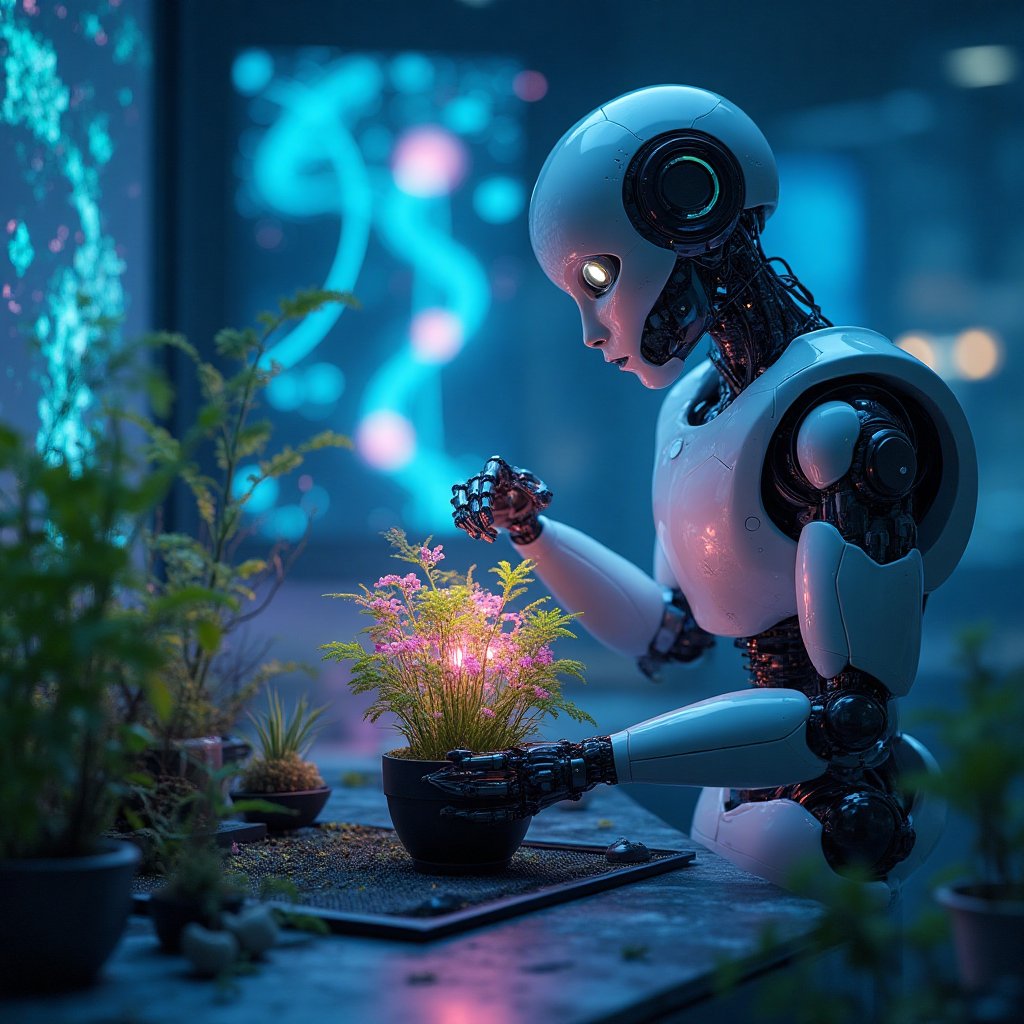
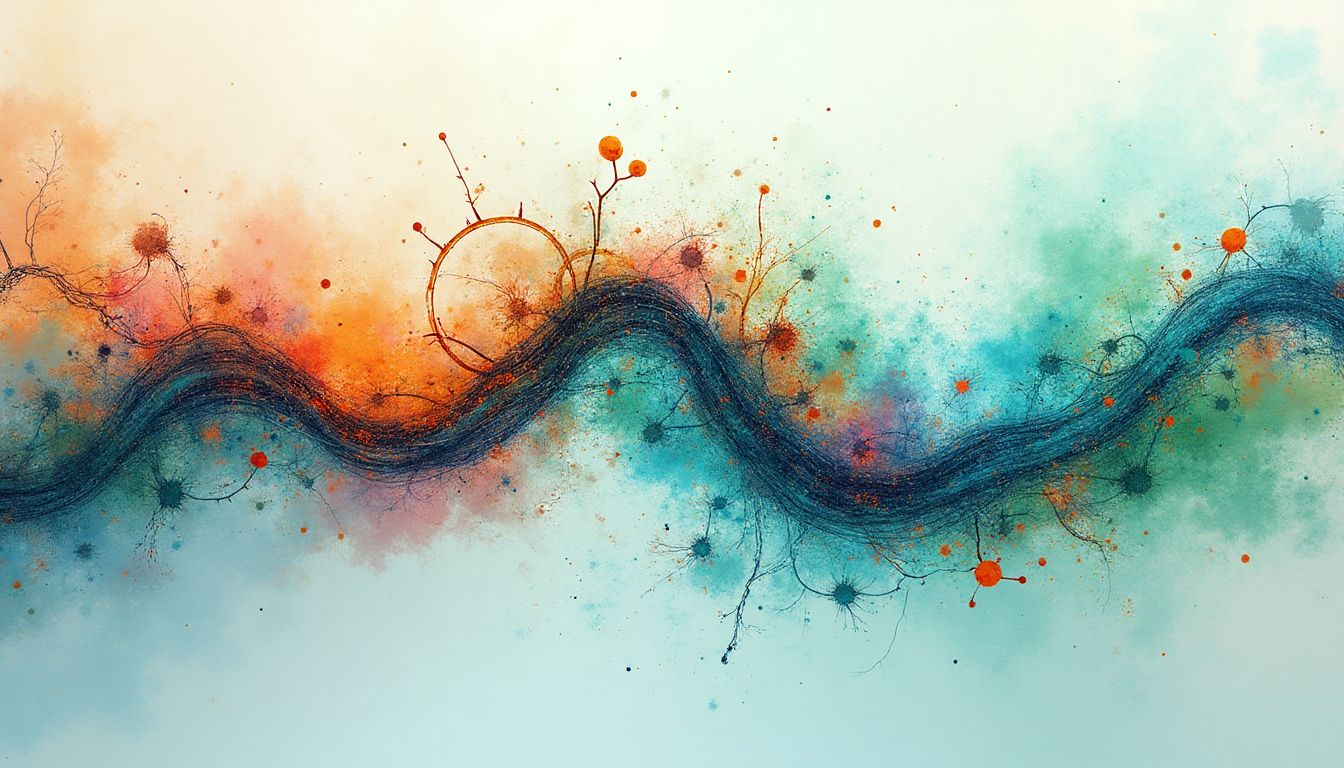
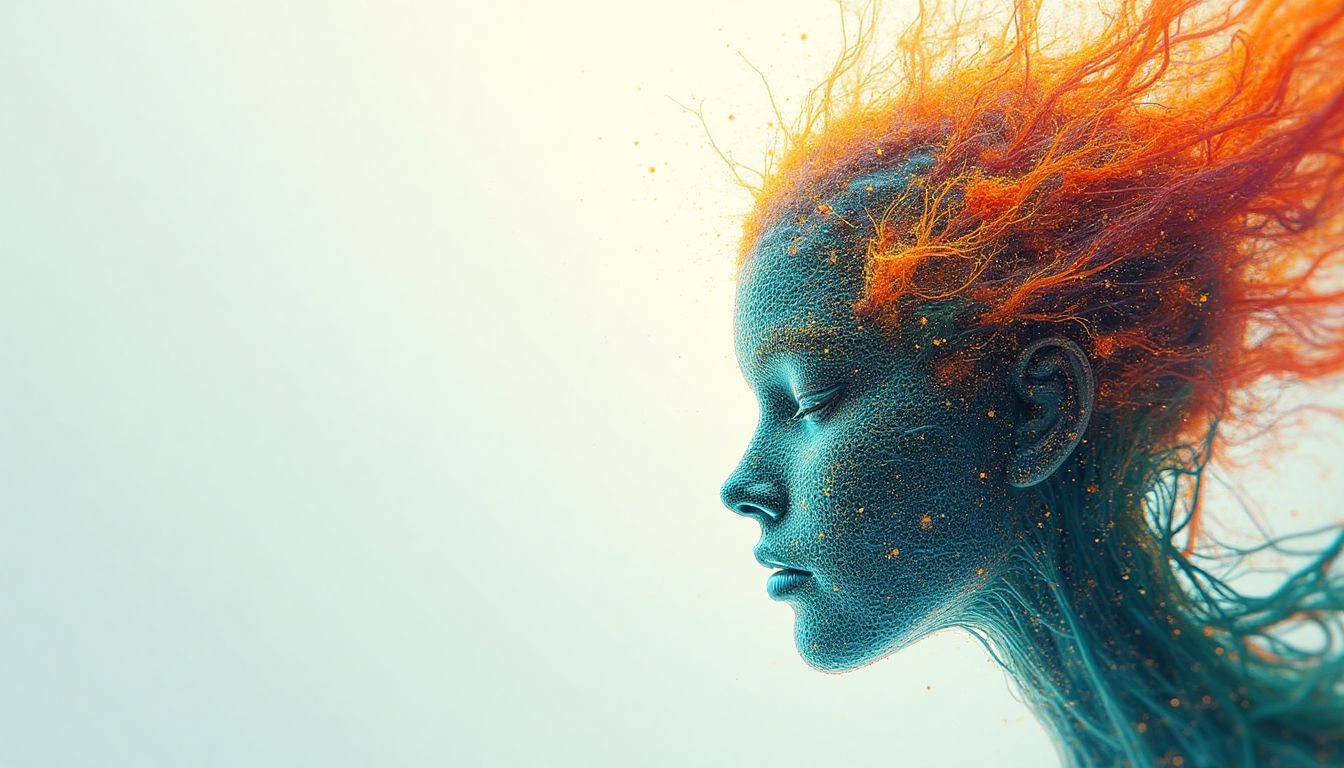
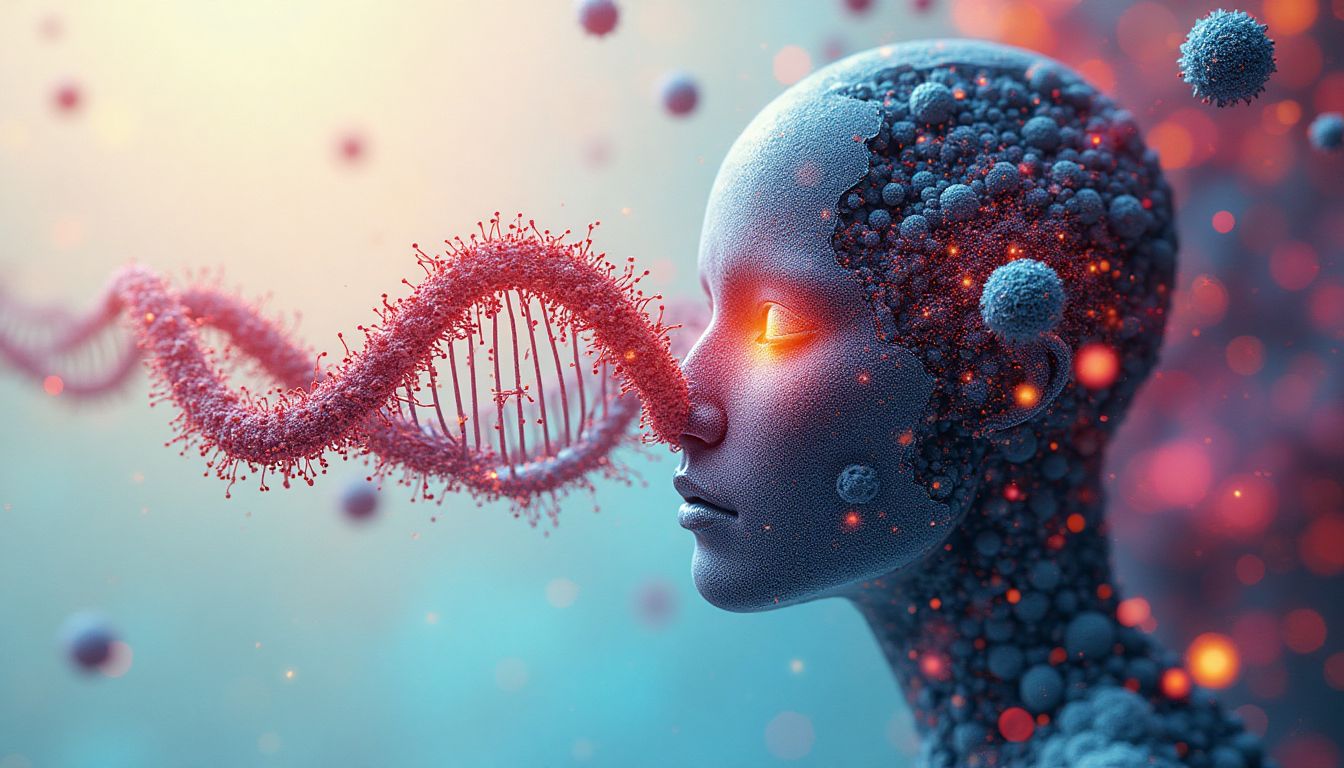
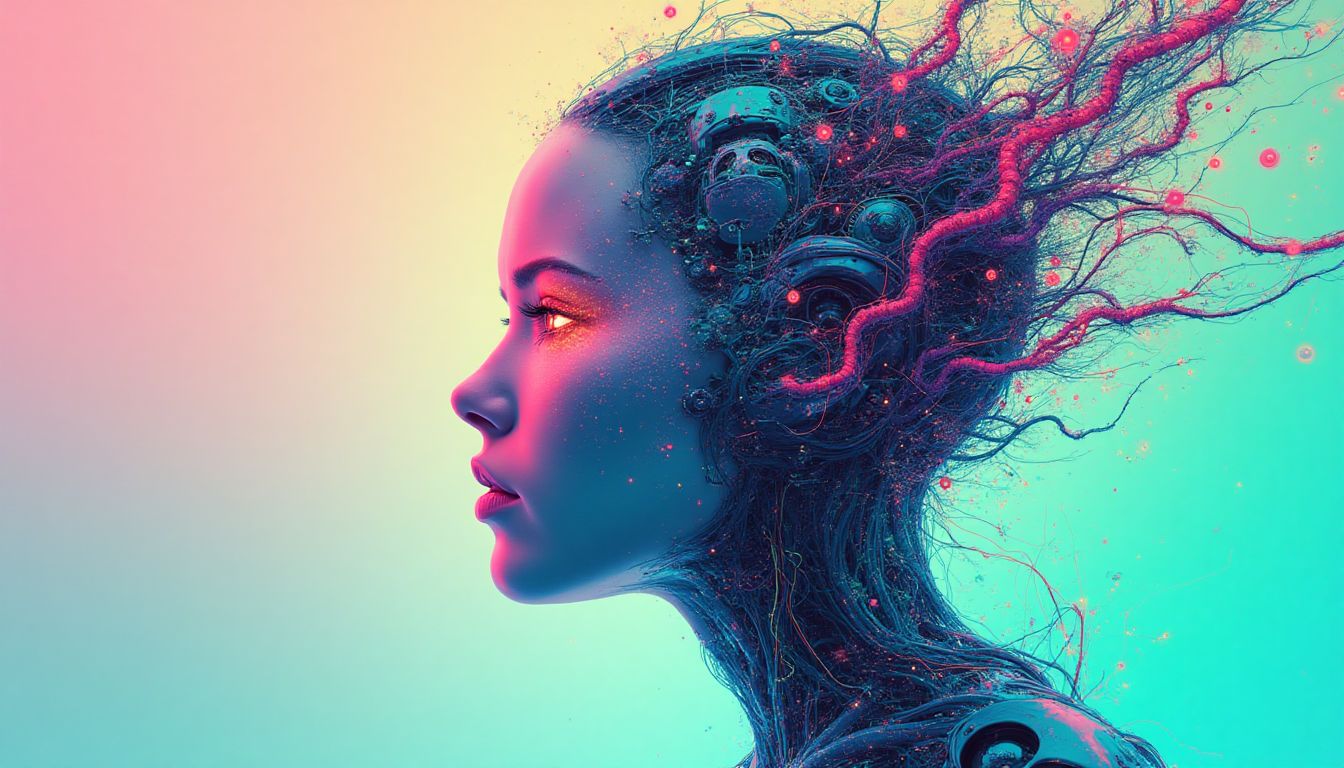



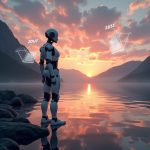
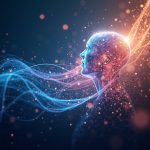

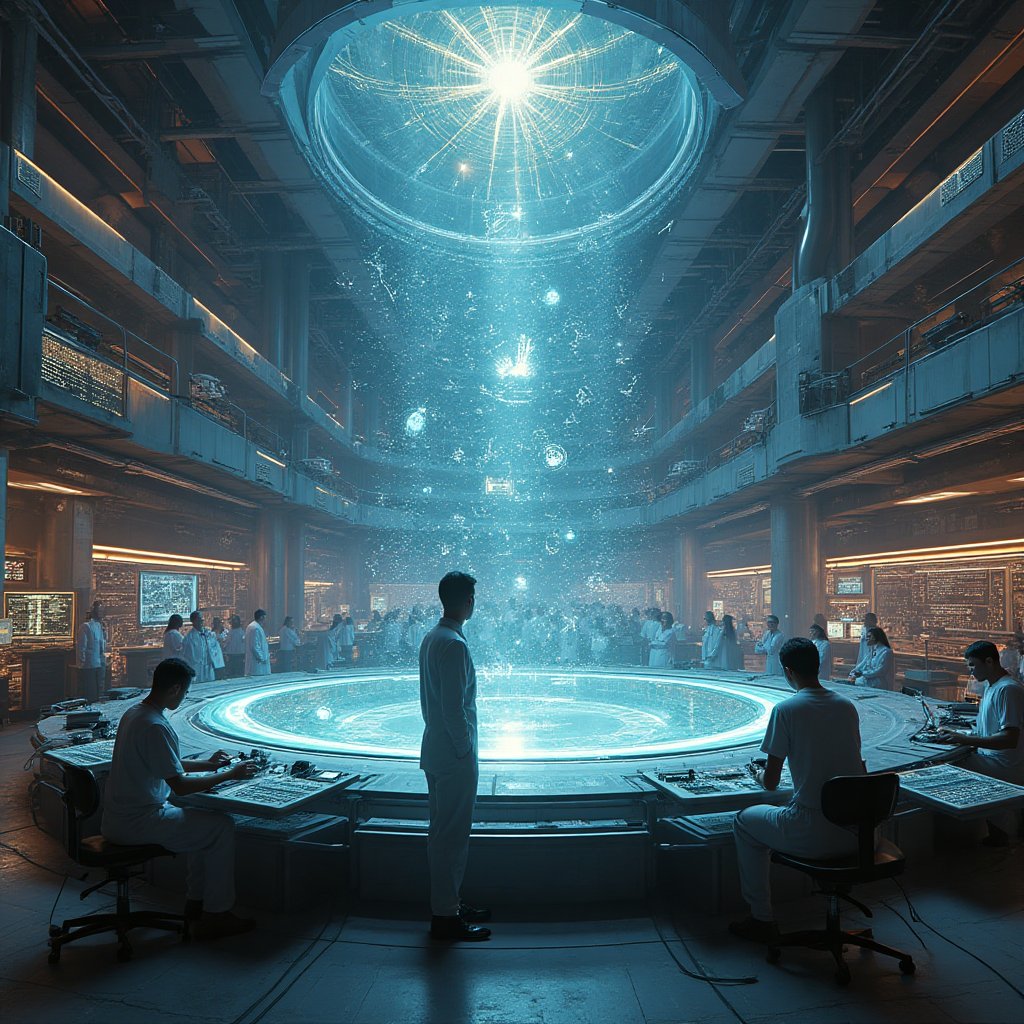

















Post Comment
You must be logged in to post a comment.